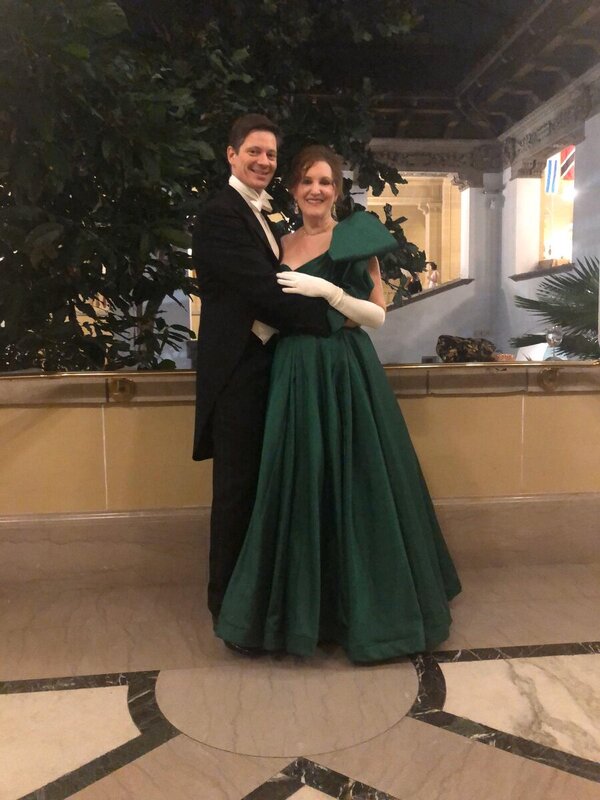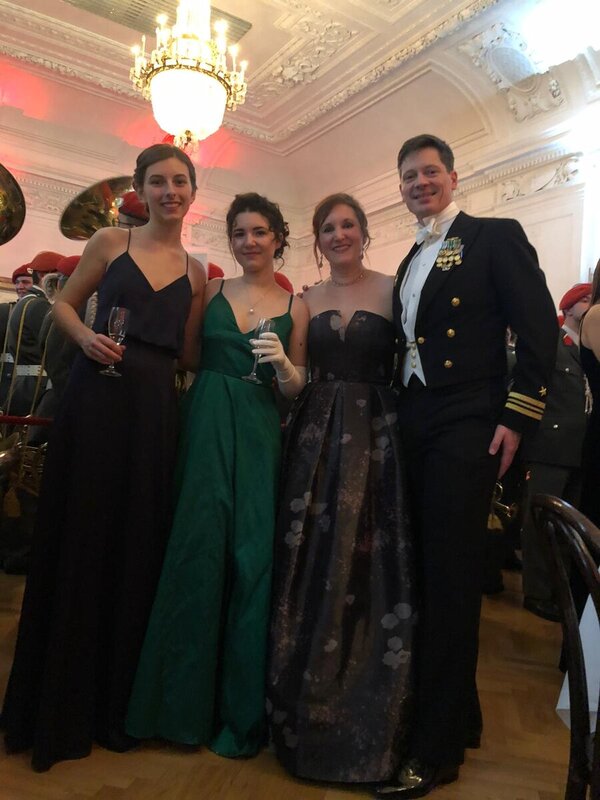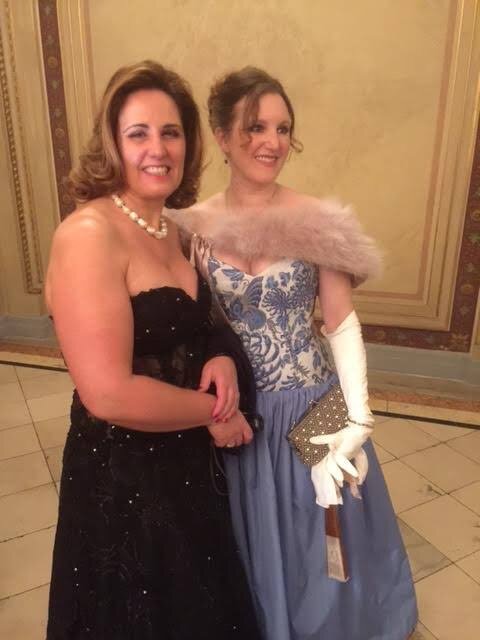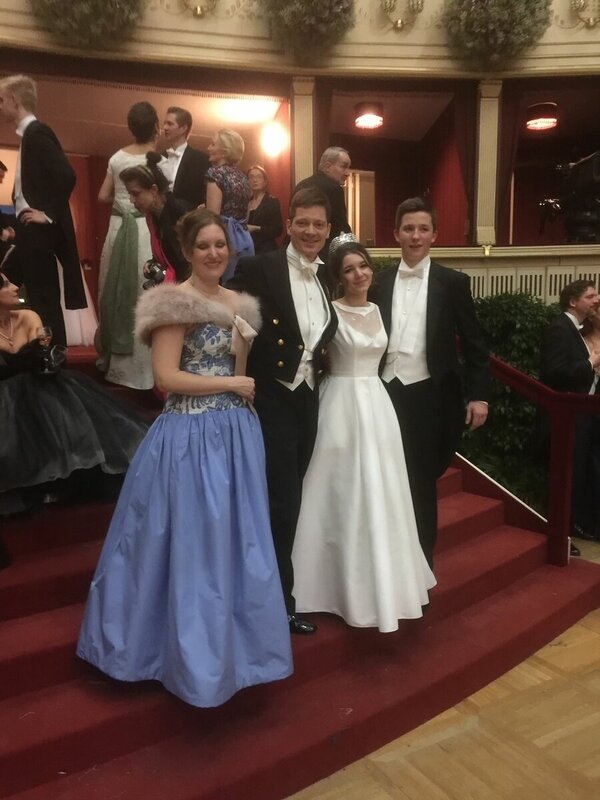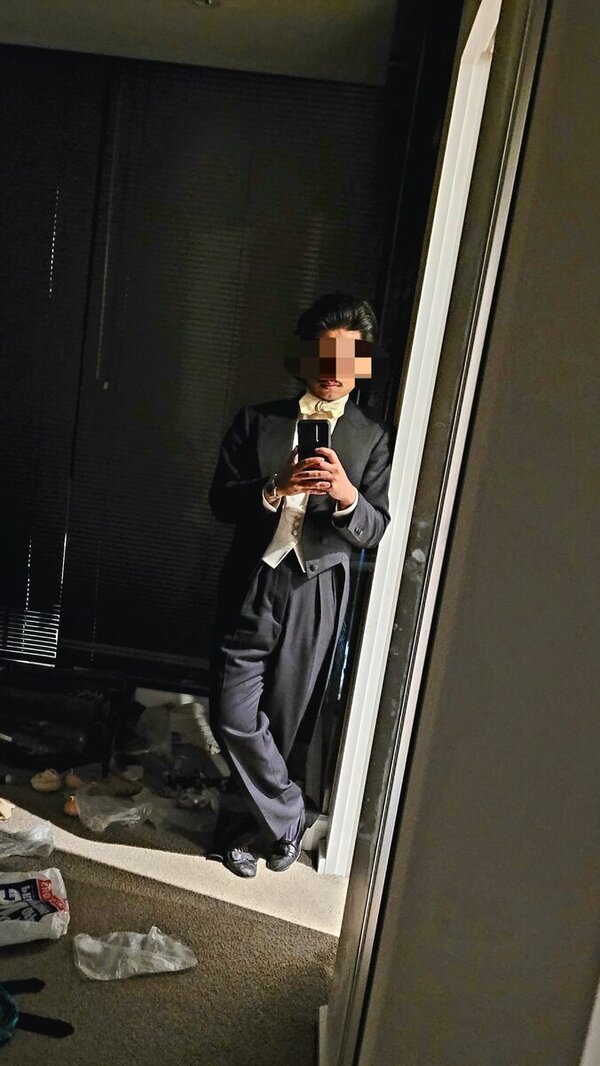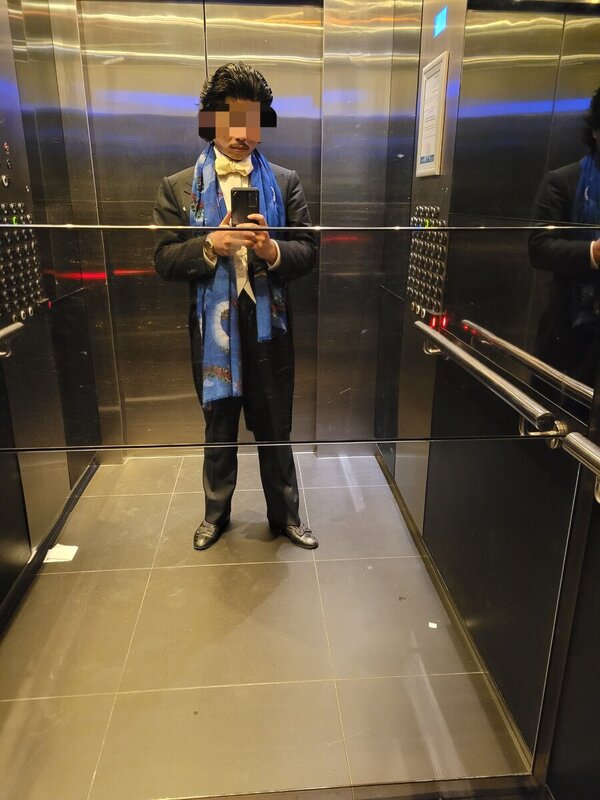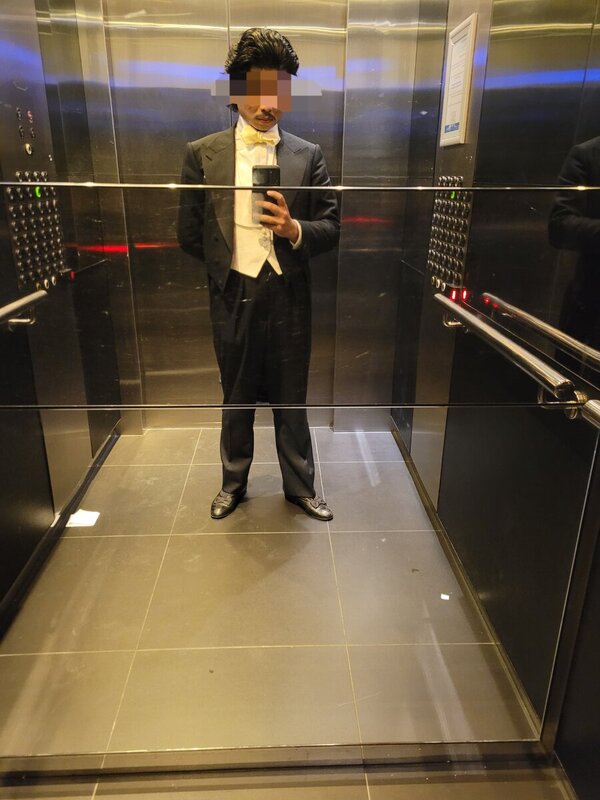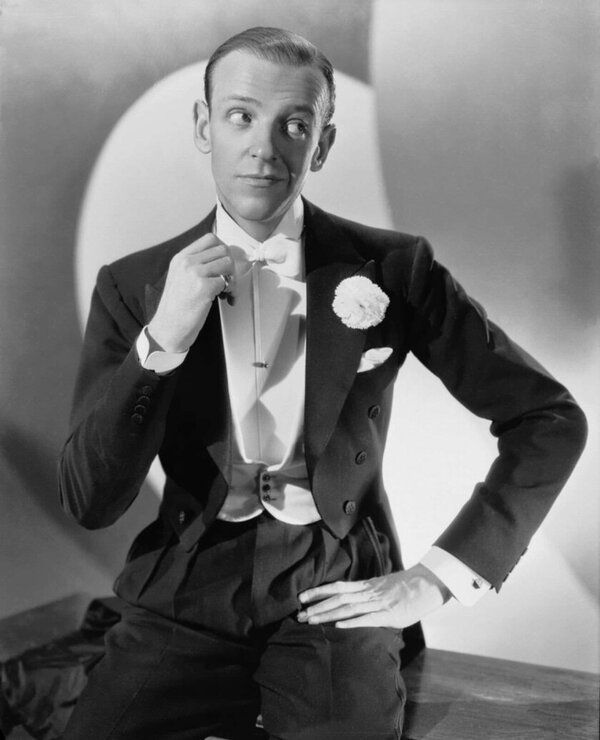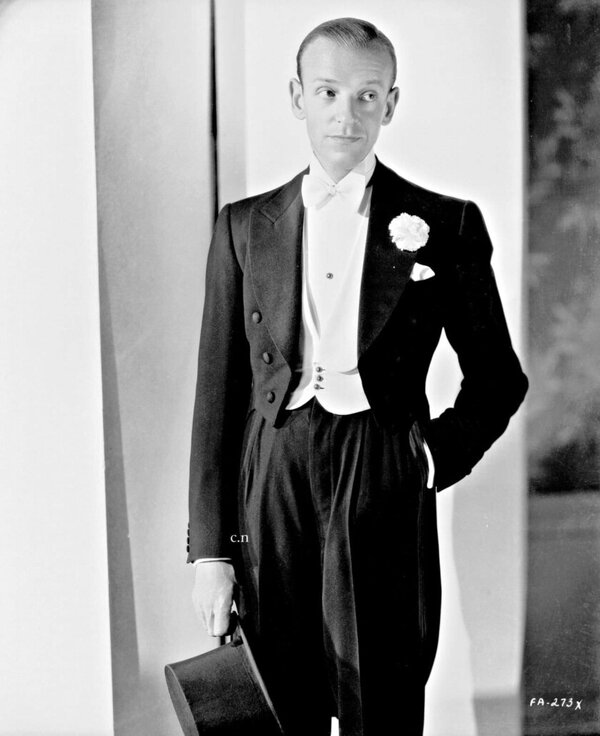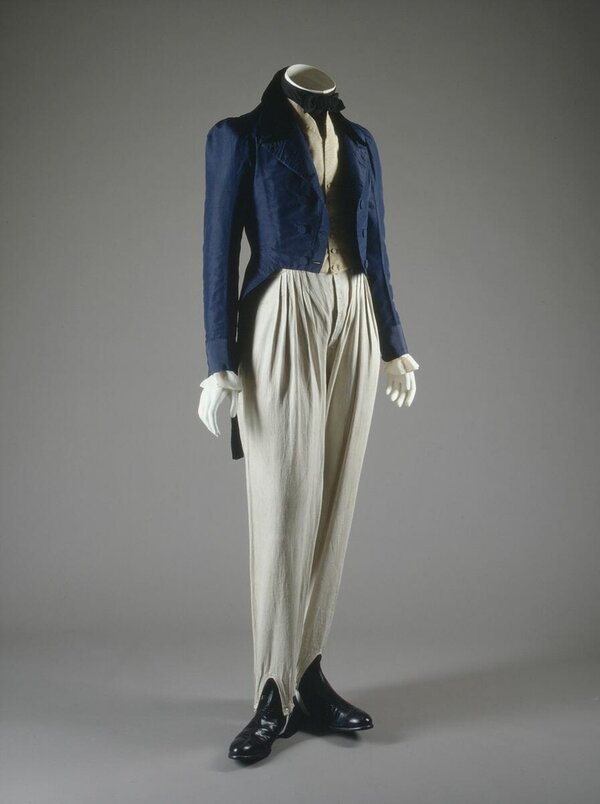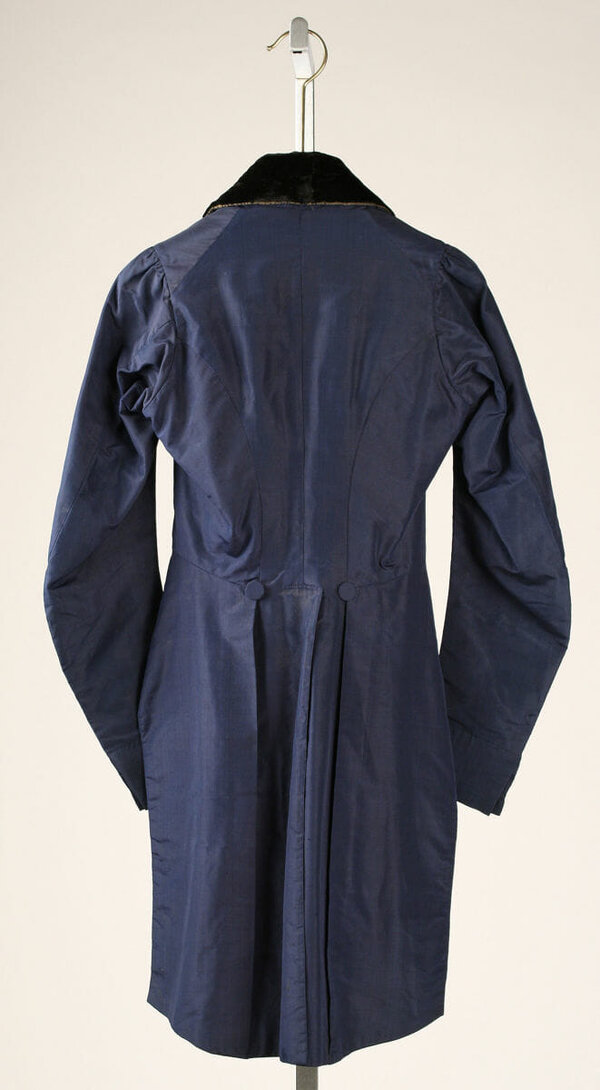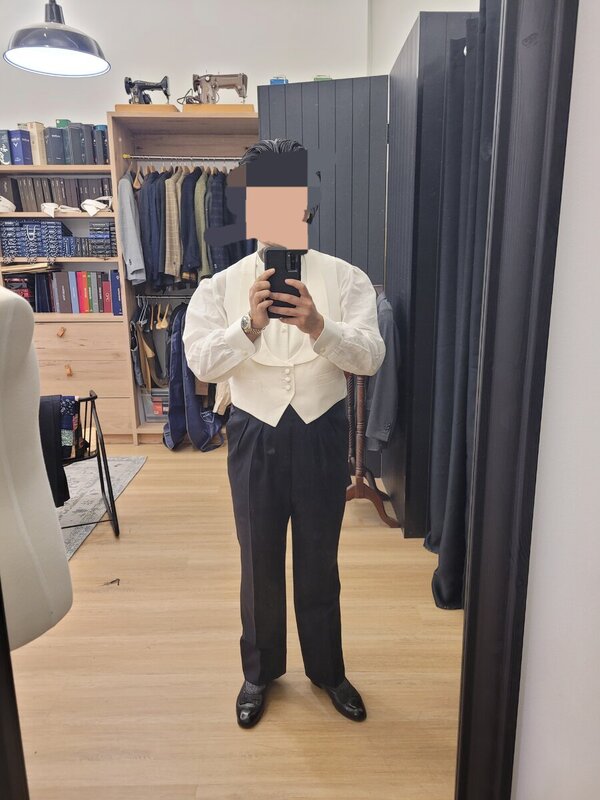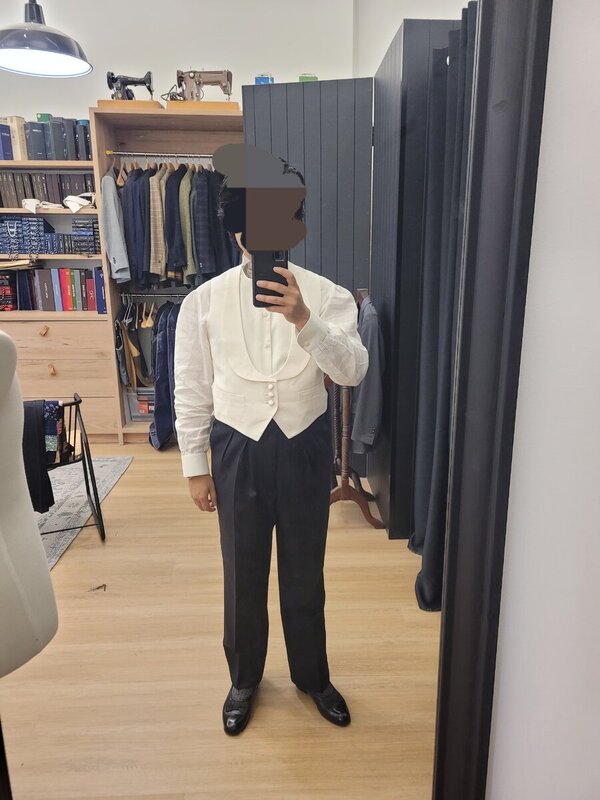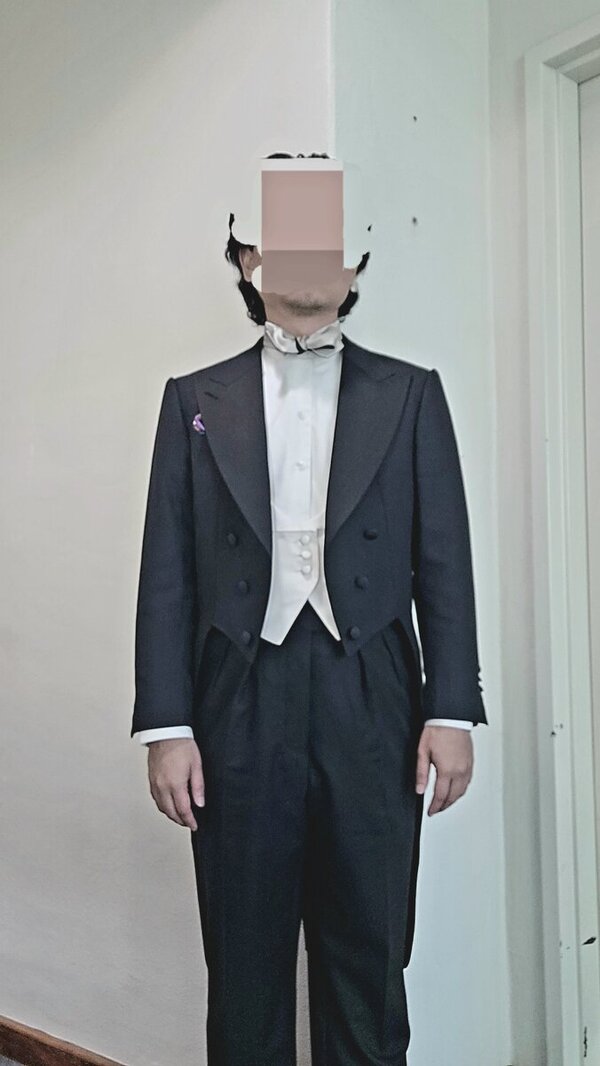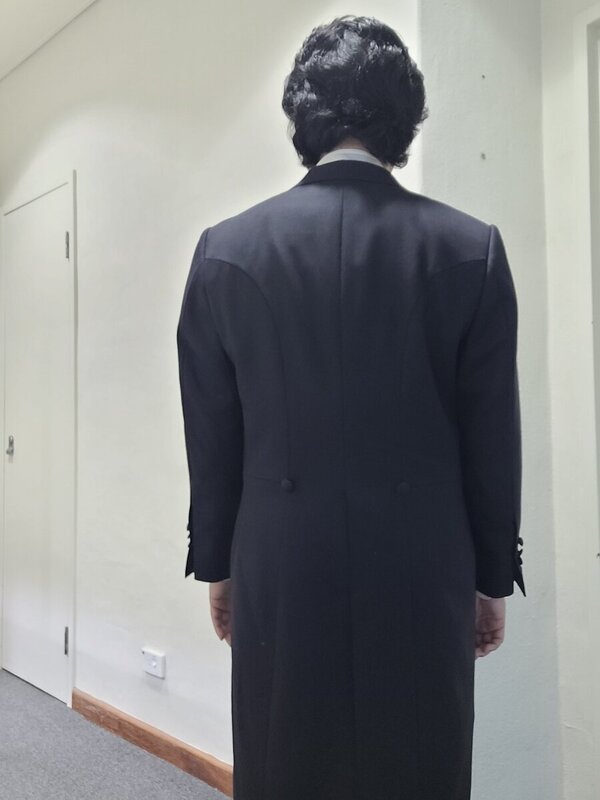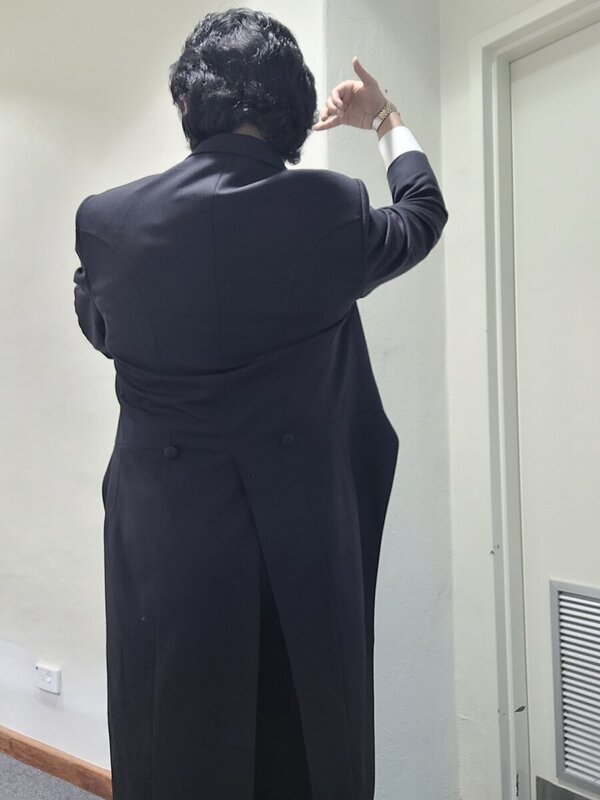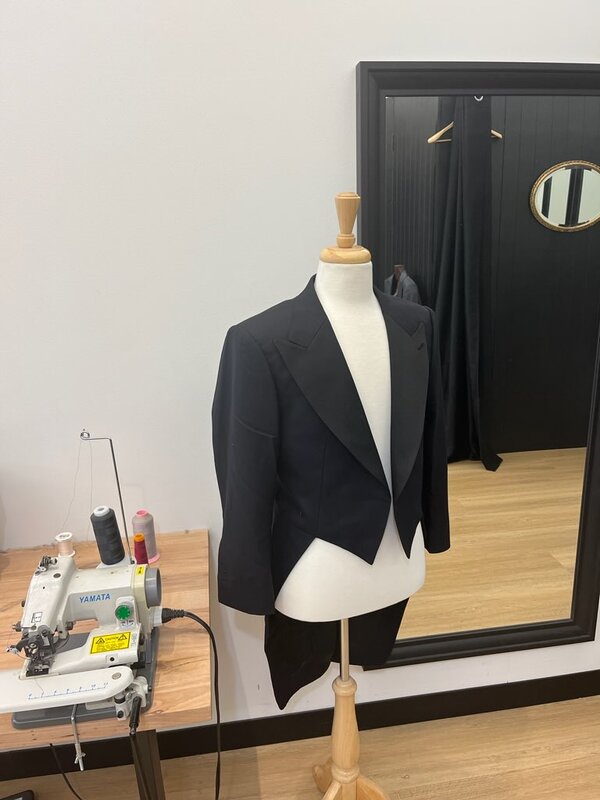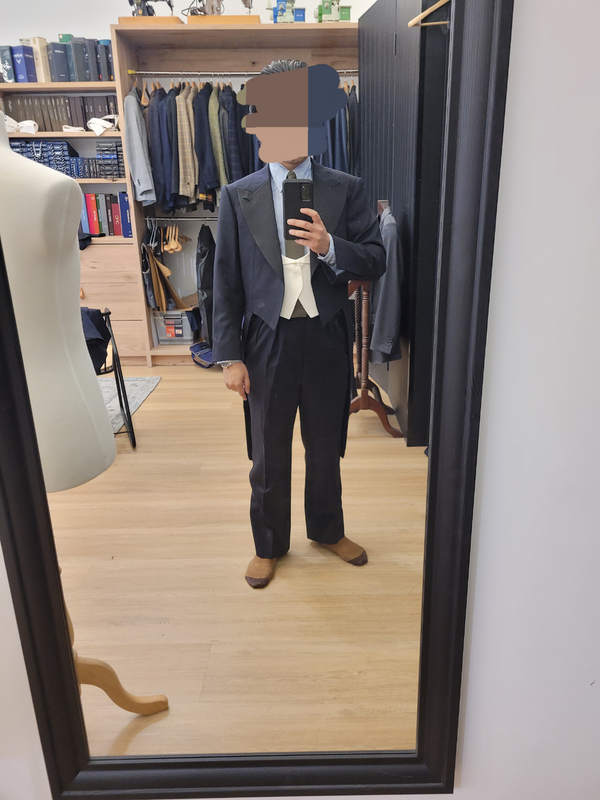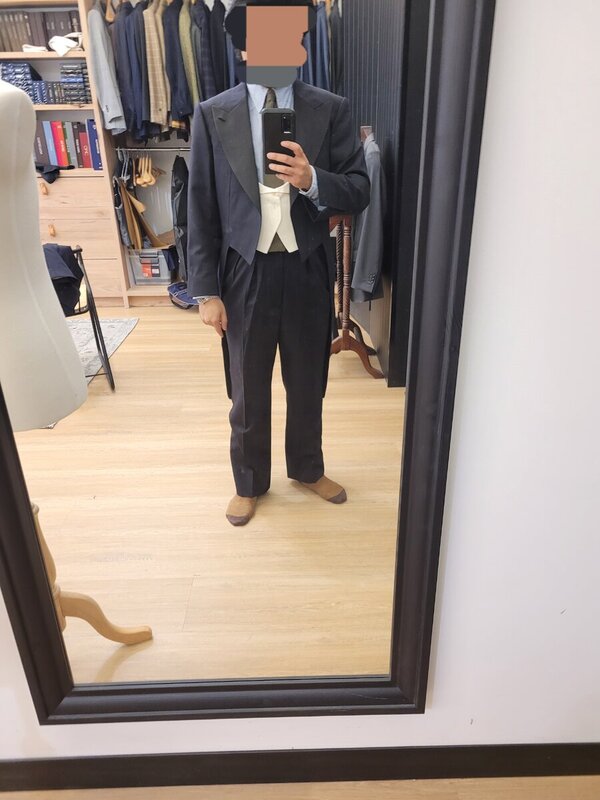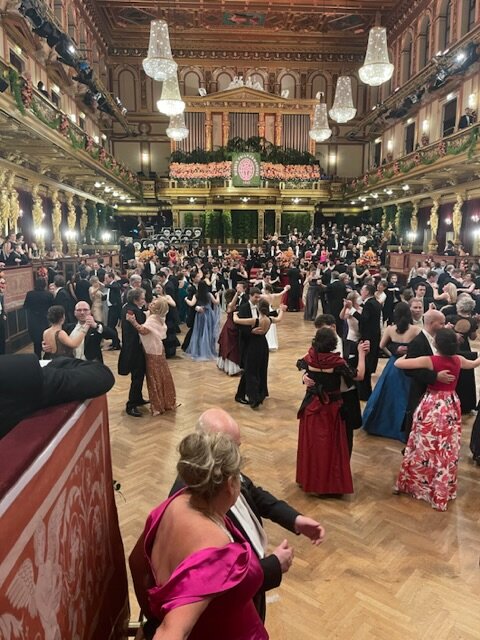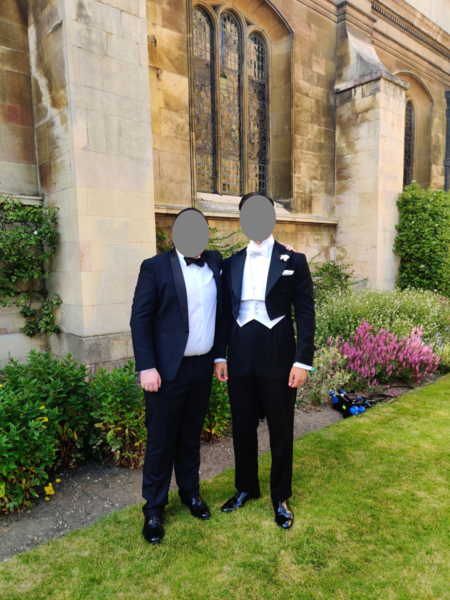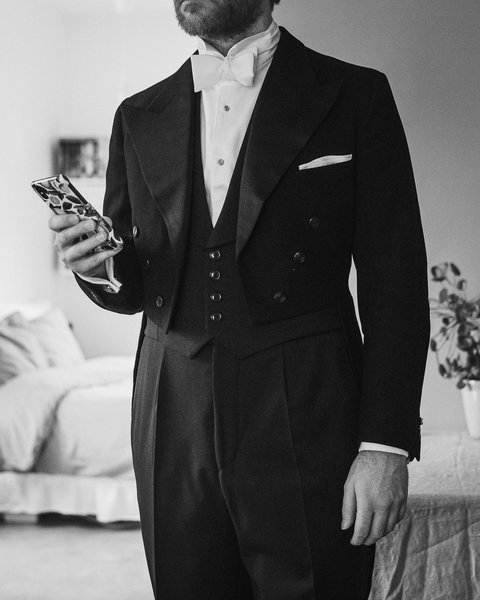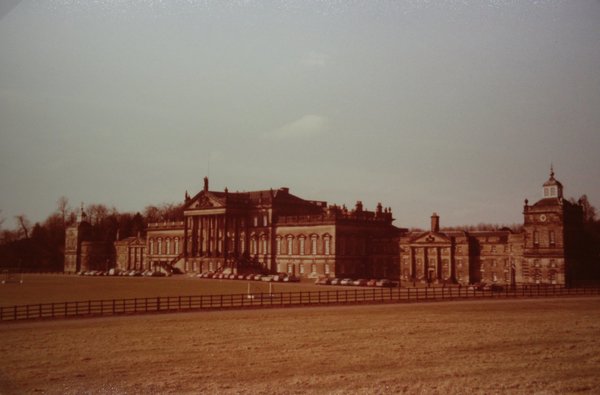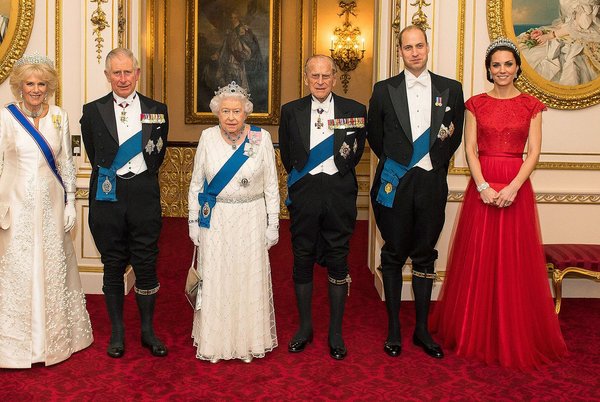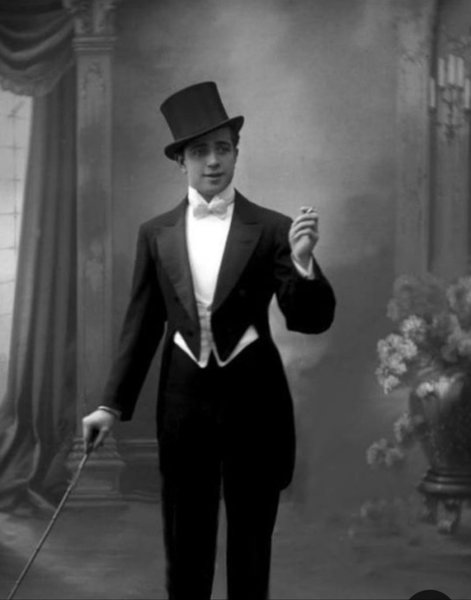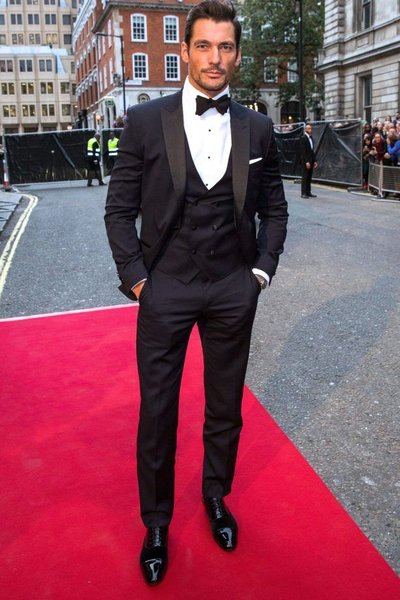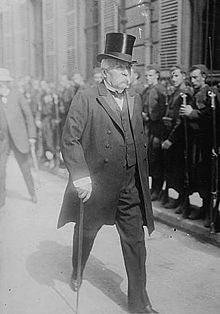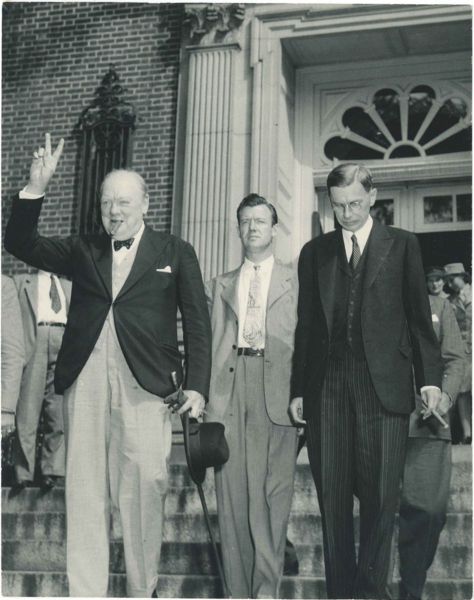Persephone
Well-Known Member
- Joined
- Aug 24, 2012
- Messages
- 46
- Reaction score
- 17
Yes, I've been to the Opernball once -- many years ago. The main ballroom, i.e, the converted auditorium, is amazing, but it is incredibly crowded, and the whole ball has become a media spectacle with some questionable attendees including the infamous Mr Mörtel Lugner. Therefore, I tend to agree with your friends that this is not the most fun event.
I love to dance, dancing being my primary motivation for attending balls, and found the dance floor to be far too busy to actually dance until around 2 o'clock in the morning. Food and drinks are very overpriced, which is the case at all balls, but even more so at the Opera Ball. Of course, ticket prices have always been fairly high, even back in 1999 when the Schilling still ruled, and the £ had a favourable exchange rate. I had a quick look and can now state that a 2014 ticket, required to enter the opera building, costs 250€ which does not include a place to sit, a bite to eat or a glass of champagne. Two seats somewhere on the upper storeys, far away from the music, will add an extra 180€ whilst a box will run anywhere from 9,000€ to 18,000€. However, the box prices shan't concern us mere mortals as they are sold out years in advance.
Having said that, it was a unique experience, and I have no regrets. I still watch the ORF (Austrian TV) live broadcast whenever possible, and enjoy the opening ceremony, the comments, the interviews, and the dresses displayed on the famous staircase.
Have you been to the opernball? My friends tell me it is the most famous ball but not the most fun.
Yes, I've been to the Opernball once -- many years ago. The main ballroom, i.e, the converted auditorium, is amazing, but it is incredibly crowded, and the whole ball has become a media spectacle with some questionable attendees including the infamous Mr Mörtel Lugner. Therefore, I tend to agree with your friends that this is not the most fun event.
I love to dance, dancing being my primary motivation for attending balls, and found the dance floor to be far too busy to actually dance until around 2 o'clock in the morning. Food and drinks are very overpriced, which is the case at all balls, but even more so at the Opera Ball. Of course, ticket prices have always been fairly high, even back in 1999 when the Schilling still ruled, and the £ had a favourable exchange rate. I had a quick look and can now state that a 2014 ticket, required to enter the opera building, costs 250€ which does not include a place to sit, a bite to eat or a glass of champagne. Two seats somewhere on the upper storeys, far away from the music, will add an extra 180€ whilst a box will run anywhere from 9,000€ to 18,000€. However, the box prices shan't concern us mere mortals as they are sold out years in advance.
Having said that, it was a unique experience, and I have no regrets. I still watch the ORF (Austrian TV) live broadcast whenever possible, and enjoy the opening ceremony, the comments, the interviews, and the dresses displayed on the famous staircase.
Last edited:
![Nod[1] :nodding: :nodding:](/styleforum_ads/smilies/nod[1].gif) .
.


